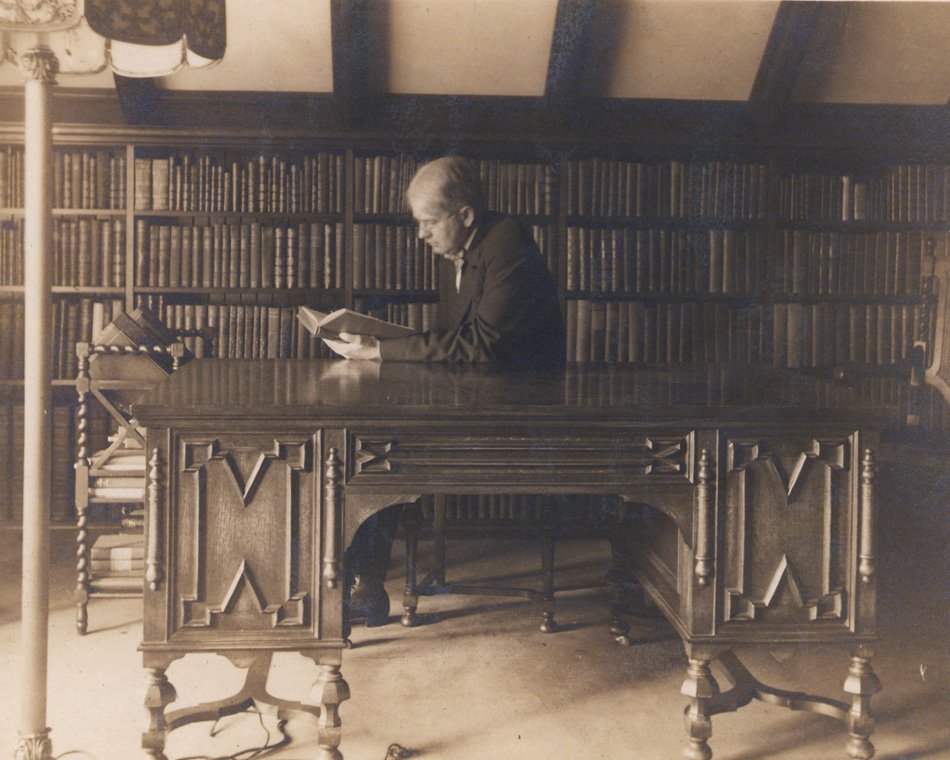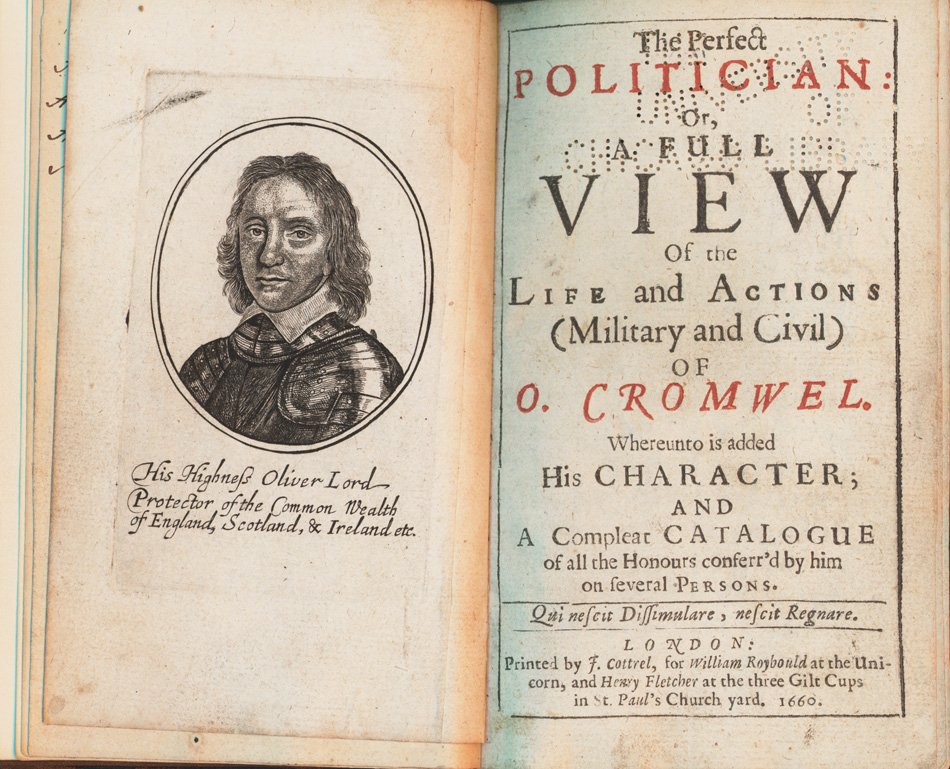Institutional Donors
Not all gifts of substance to the University of Chicago came from individual donors. Institutional donors and foundations had supported the work of the new University from its very inception. In 1889-90 the American Baptist Education Society acted as the conduit through which John D. Rockefeller made his initial contributions to the University. Although John D. Rockefeller's Final Gift to the University occurred in December, 1910, the various charitable foundations he established helped to sustain the Rockefeller family's relationship with Chicago into the 1930s. The first of these foundations, the General Education Board (GEB), was created in 1903 to support improvements in education for African-American communities in the South. Under the terms of its federal charter the GEB expanded its orbit to "the promotion of education within the United States without distinction of race, sex, or creed," guaranteeing that the Board would support private research institutions like the University of Chicago. The Board began funding medical education at the University in 1916, and it enlarged its philanthropic impact in 1925, when it gave two substantial gifts to the University totaling over $1 million each for research in the sciences and humanities.
Other Rockefeller-funded foundations supported medical education, social work, and research in the social sciences. The Rockefeller Foundation, which was created in 1909 and chartered in 1913, began its charitable work by campaigning to cure hookworm in the American South and overseas. The Foundation moved on to support research on malaria and yellow fever, and it funded the establishment of the Peking Union Medical College in China. With support from Rockefeller Foundation grants totaling more than $2.75 million by 1930, the University of Chicago was able to launch its Medical School, develop its first Department of Psychiatry, strengthen advanced programs in the humanities, and expand professional training in the School of Social Service Administration. Another Rockefeller philanthropy, the Laura Spelman Rockefeller Memorial, provided essential support for the University's Local Community Research Committee and Social Science Research Committee and funded the erection of the Social Science Research Building in 1929; the Memorial's grants amounted to more than $3 million by the end of the decade.
A series of grants from other sources in the 1920s created important programs in medical research and expanded the range of the University's work. In 1921, the Otho S. A. Sprague Memorial Institute entered into a special affiliation with the University of Chicago; for twenty-three years, until reverting to its status as an independent corporation in 1944, all of the income from its endowment was committed exclusively to medical research at the University. The Lasker Foundation for Medical Research, established in 1928 by a gift of $1 million to the University of Chicago from Albert D. and Flora W. Lasker, devoted all of its income to research on degenerative diseases conducted at the University; after 1939, at the decision of Mr. Lasker, the scope of its support for medical research was broadened to include investigations of other diseases.
Scientific research of a different kind was initiated by the Institute of American Meat Packers, the Chicago-based trade and research association of more than 300 American meat packing companies. In 1923, under the auspices of the Institute, Arthur Lowenstein, vice-president of Chicago meat packer Wilson & Company, provided $7,500 over three years for a fellowship at the University of Chicago supporting research on scientific problems related to the meat packing industry. This gift was followed the next year by a gift from meat-packing executive Thomas E. Wilson of $15,000 over three years to establish a research laboratory of the Institute of American Meat Packers on the University of Chicago campus. Opened in 1925 in a newly erected building at 939 East 57th Street under a cooperative agreement with the University, the Institute's research laboratory investigated problems such as the chemistry of sterilizing agents, stabilization of pigmentation, and improved chemical processes for curing.
Scientists in University laboratories were not alone in benefiting from the largesse of the new private foundations and institutional donors. In May 1926, Frederick P. Keppel, president of the Carnegie Corporation, informed University President Max Mason that his foundation was committing $1,385,000 for the establishment of a graduate library school at the University of Chicago. The Carnegie grant was designed to take advantage of the University's rich interdisciplinary research tradition and provide students considering library careers "the opportunity for the broadest possible professional education." The Carnegie grant assured the formation of the nation's first graduate library institution, the Graduate LibrarySchool, and launched the University's distinguished contributions to the development of library and information studies.


